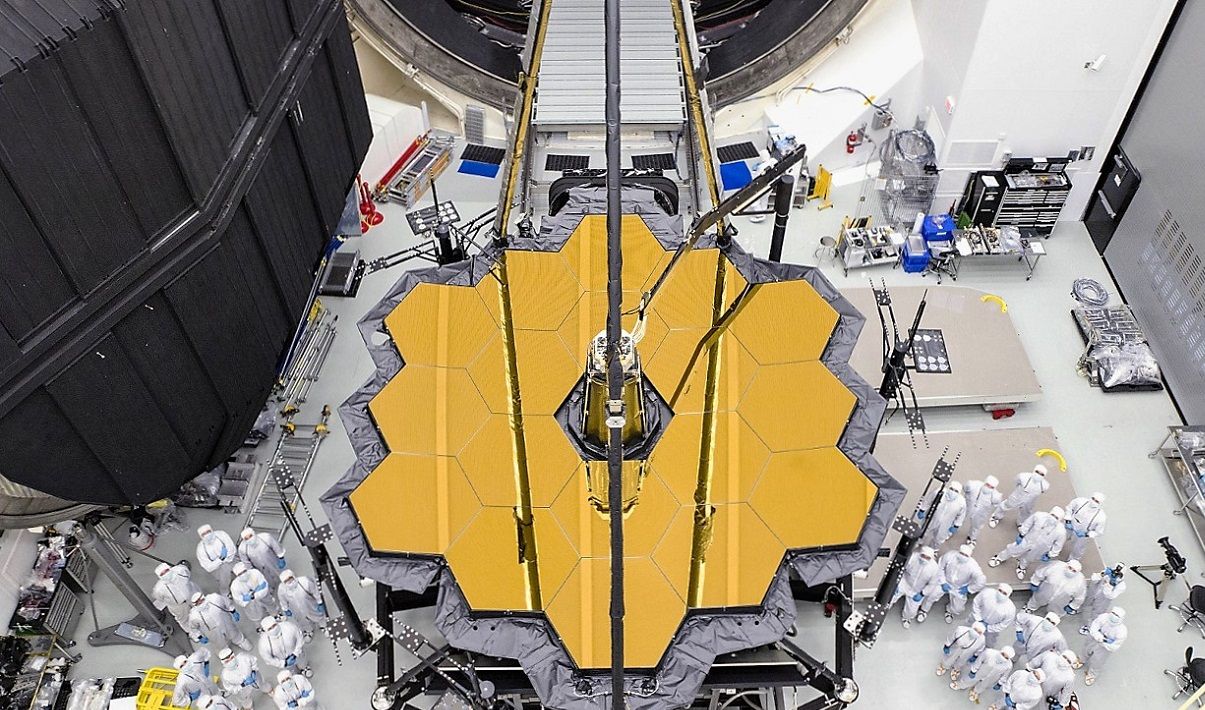NASA’s James Webb Telescope launched into space on Christmas Day. This telescope will take pictures of the birth of space. It is by far the most powerful space telescopic sent to Earth.
NASA’s new telescope set off from Earth last Saturday (December 25) at 9:20 a.m. local time in search of the unknown.
Although much is known about the solar system, people know almost nothing about its outer universe. The Hubble Space Telescope has also found Earth-like planets outside the solar system, but no details are known about them. And this new initiative of NASA is to know that secret. It’s too late because of a technical glitch. However, on Christmas Day, the James Webb Telescope was launched into space by an ‘Aryan 5’ rocket from the Cauro Space Center in French Guiana.
James Webb is a former director of NASA. The new space telescope is named after him. For nearly three decades, this telescope has been built at a cost of billions of dollars. Earlier, in 1990, the Hubble Space Telescope was launched into space, which opened up a whole new dimension of space exploration. Although the web telescope follows in the footsteps of the legendary Hubble, its orbit is much larger than that of Hubble. Where Hubble orbits the Earth at a distance of 600 km, the orbit of the James Webb Telescope is 1.5 million km away from the Earth. And its main purpose, at the time of birth, that is, about 14 billion years ago, the universe looked like, the picture presented to the people.
This telescope is one of the most complex engineering in the history of the world. The paint is being ‘folded’ and sent to the rocket for huge size. More than 300 fine mechanical parts have to work properly to open this fold. If one part fails, this কোটি 1 billion telescope will be useless. That’s why so many years of testing have been subtly checked.
Such powerful telescopes are needed to detect the faint glow emanating from galaxies when they first formed or formed the first star billions of years ago. NASA scientists hope that after completing all the processes, the web telescope will be able to start working in full swing in June 2022.
